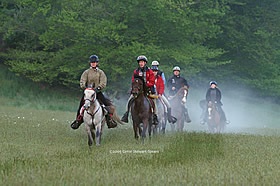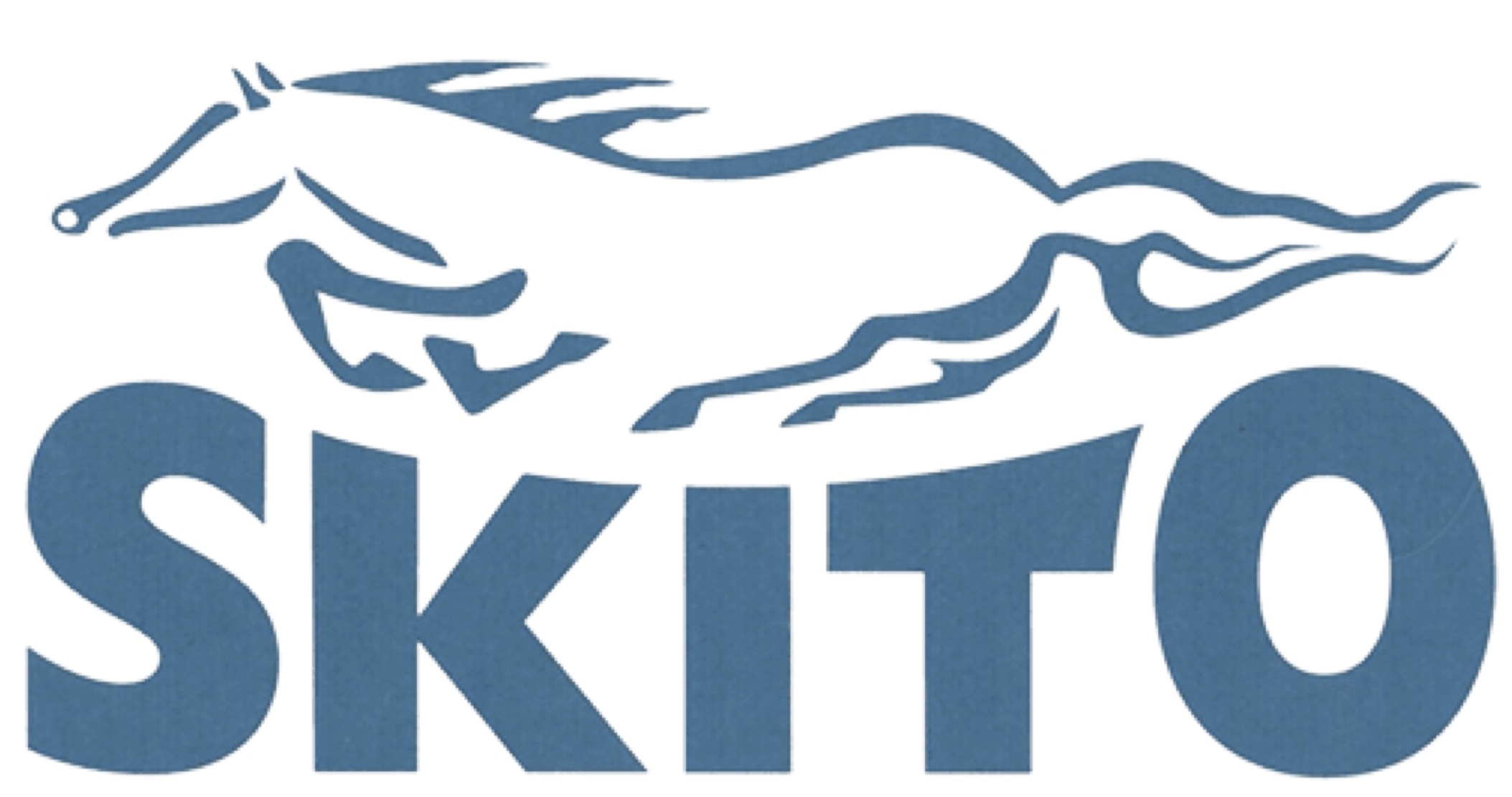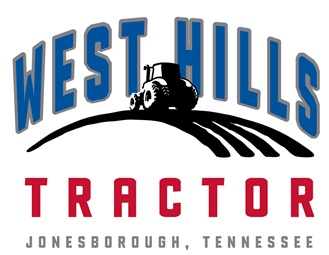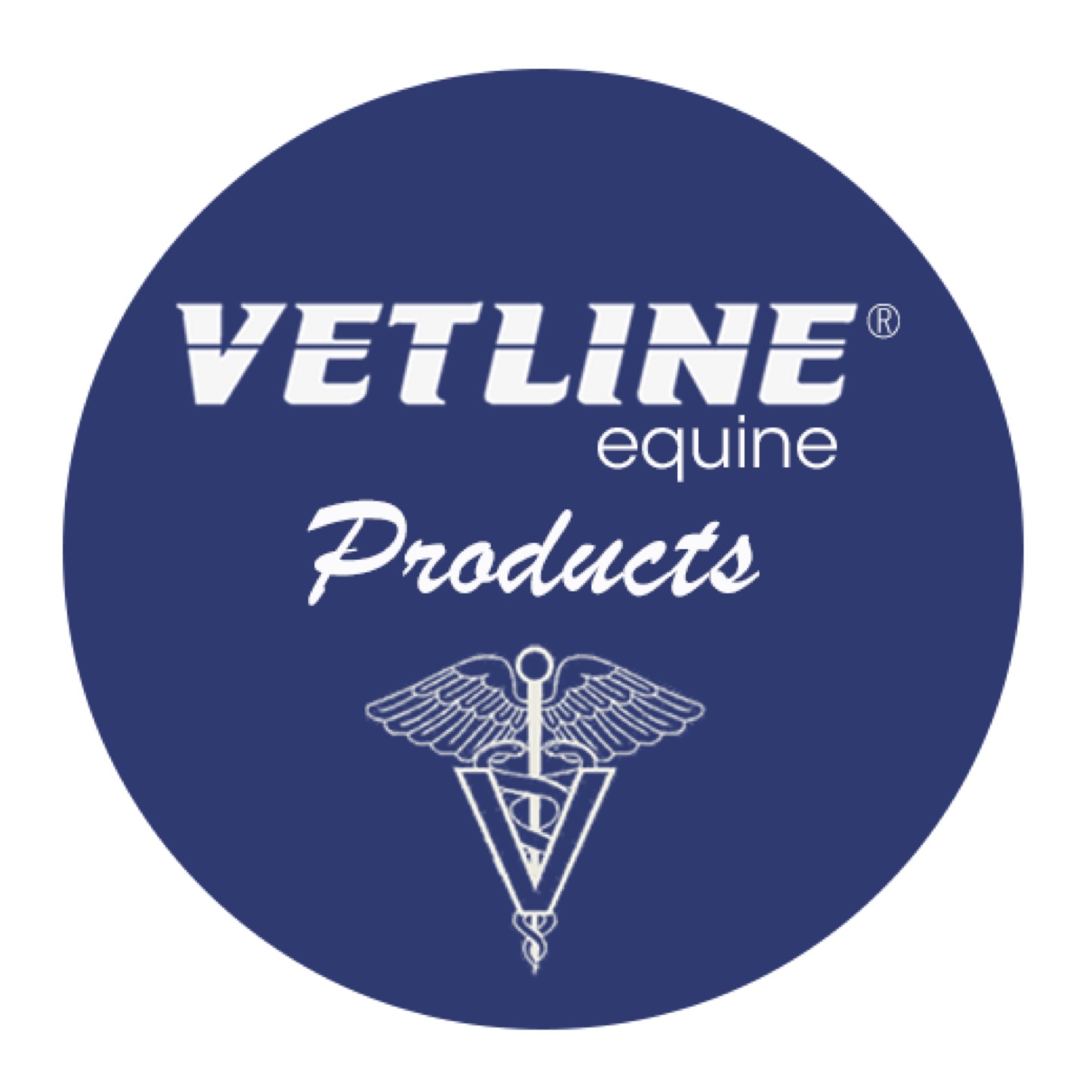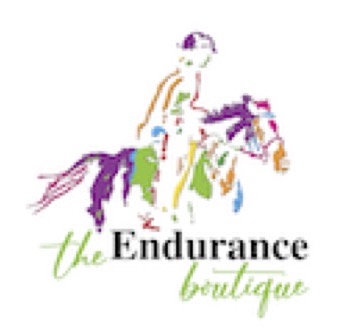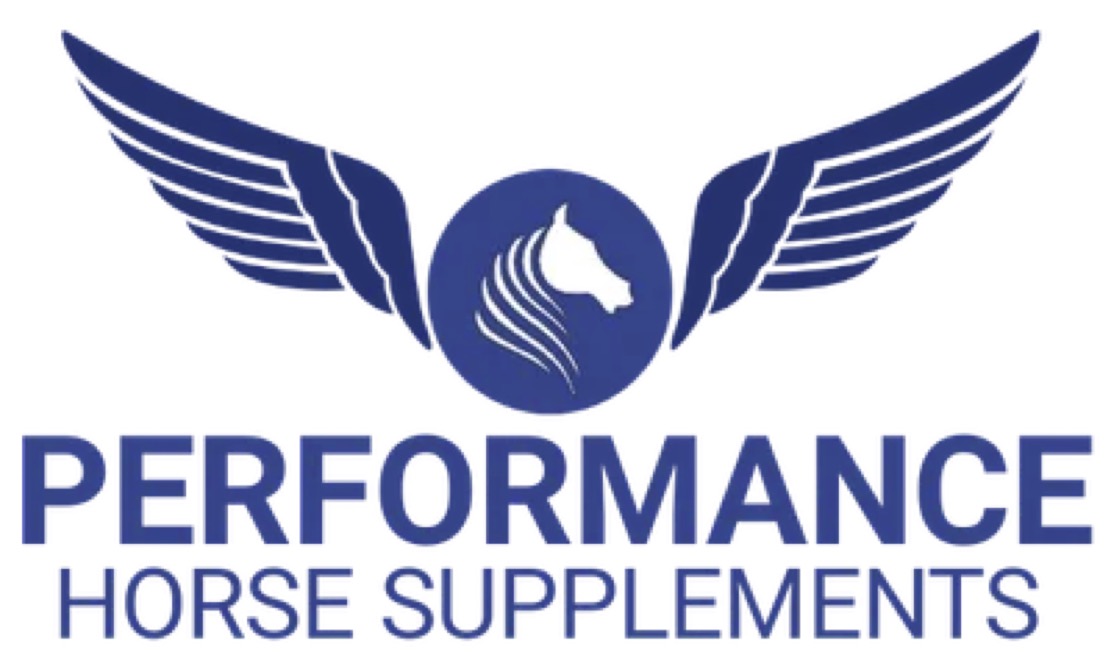BILTMORE:
1. PROTECTIVE HEADGEAR: Protective headgear is required whenever mounted prior to and including ride days. This applies to anyone riding the horse -- and can result in disqualification if a rider's horse is ridden by someone without a helmet.
2. SMOKING: Smoking is prohibited on trails; OK in camp or at vet check.
3. DOGS: Dogs MUST be ON LEASH at all times when you are around and confined (not tied) when you are not around..
4. FIRES: Open fires are prohibited. Charcoal grills are OK.
5. STALLIONS: No Juniors on stallions
6.
SOFT CUT-OFF TIME: After the fourth loop on the 100-mile competition, all riders must pass the arrival timer by 9pm or have a good reason. This is based on the fact that riders coming after that time have not completed in the past. AERC vet commission and ride management can help decisions.
7. ALLOWANCE FOR ENDURANCE FINISH LINE TO VETTING AREA:
The distance is 1.2 miles. Per AERC rule 6.2: after the walk back to camp all pulses must be down within 30 minutes. For AERC, 20 minutes allowance for the walk has been agreed between ride management and the head control judge. SO: for AERC competitors (non-limited distance) in the endurance events, the net time post-finish line to get your pulse is 50 minutes. This is allowed at the final discretion of the Veterinary Commission and finalized at the rider briefing, and in the Program of the event. AERC horses have up to an hour post-finish line to pass non-pulse criteria. FOR FEI riders: This is being negotiated, but expect a net of 30 minutes to make pulse at the finish.
8. MOTORIZED VEHICLES: Only licensed drivers may drive motorized vehicles.
9. VEHICLE SPEED LIMIT: 10 mph
10. WALK THROUGH STABLE YARD
11. GAIT AROUND CAMP: no galloping.
12.
TRASH: Remove your own trash, or, if available, place in dumpster.
13 HAY: Greatly excess hay, pile or treat as trash (bag and remove). Remains can be spread.
14. MANURE: Manure should piled (share piles with neighbors) or treated as trash.
15 CREW ACCESS:
----> No water crewing before or immediately after Arrival Timer.
----> No on-trail crewing, unless management decides to allow one crew point on the last loop of the 100-mile ride only.
----> Maximum of three people per equine at pulse & vet presentation.
JUDGING CRITERIA:
Control checks will all be ‘gate into hold’, with 64 pulse requirement, unless control judge staff determines otherwise. For non-finish checks, for AERC the equine must meet this criteria within 30 min of arrival at check or be disqualified. Horses must be judged 'fit to continue'. Other criteria, including exit exam, may be included in rider packet or announced at rider meeting if weather is a factor.
Finishing criteria will be Fit to Continue including recovery. For AERC open completion, recovery is to pulse rate of 64 (ride specific) or below within 50 minutes of finish or whatever the head control judge specifies at the ride briefing (this allows for 20 minutes to walk to camp). As soon as pulse is down, the equine may be brought for the final exam, but MUST be presented within the allotted time to avoid disqualification. For AERC limited distance, recovery is to pulse rate of 60 or below within 30 minutes of arrival at camp.
Cardiac Recovery Index (CRI) may be used, including final vetting for Best Condition.
VET DECISIONS ARE FINAL!
FIT TO CONTINUE:
- The equine must be metabolically stable, sufficient to demonstrate fitness to continue.
- There must be no gait aberration that is consistently observable under all circumstances that results in pain or threatens immediate athletic performance, exam to be conducted at trot (or equivalent), straight out and back, without prior flexion or palpation.
- Any soreness or wounds that affect equine’s ability to go on may be cause for non-completion.
- An equine may not have received prohibited (Rule 13) medical treatment by a vet or layman prior to final exam.
- An equine must not be in need of medical treatment for a soundness or metabolic problem. An equine that a ride veterinarian advises should be treated, but treatment is refused by rider or owner, shall be considered in the same light as a equine that has been treated and disallowed completion.

